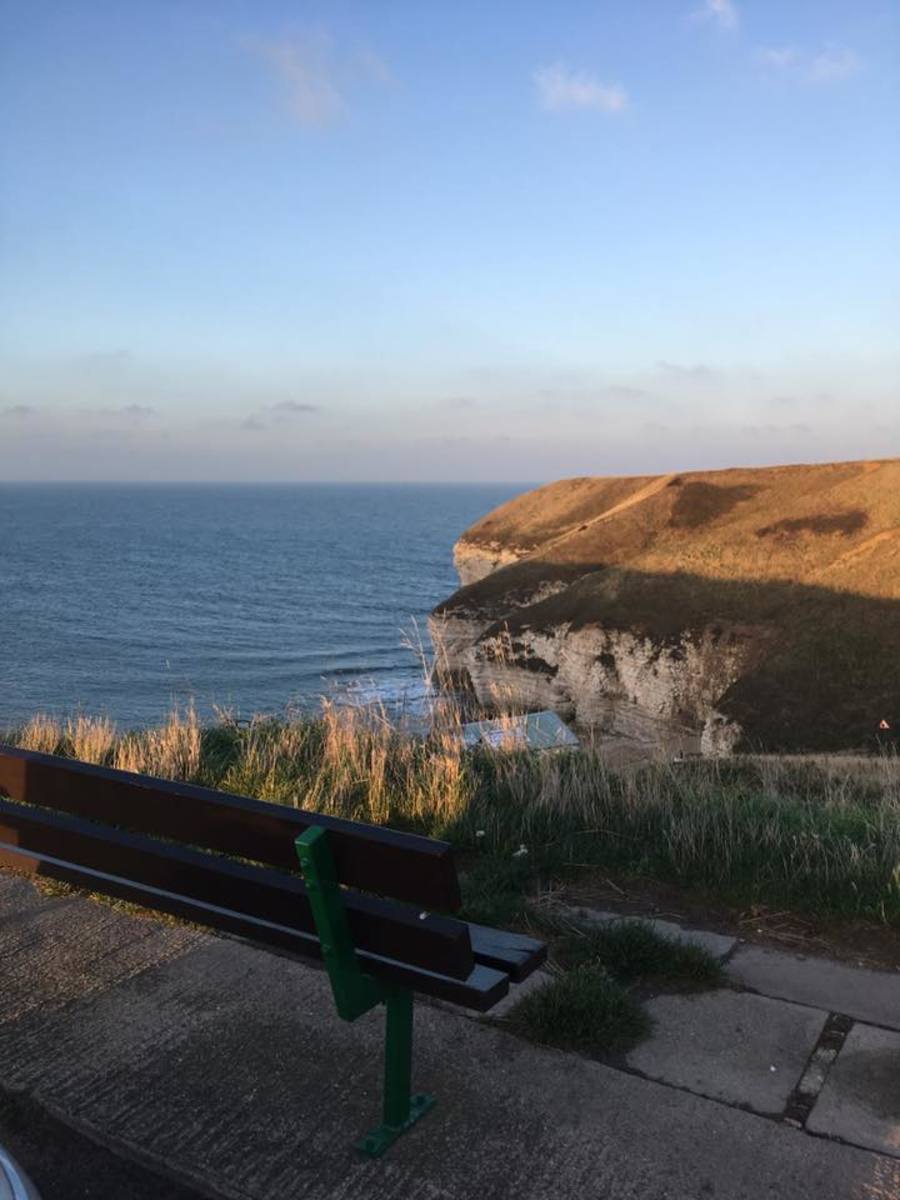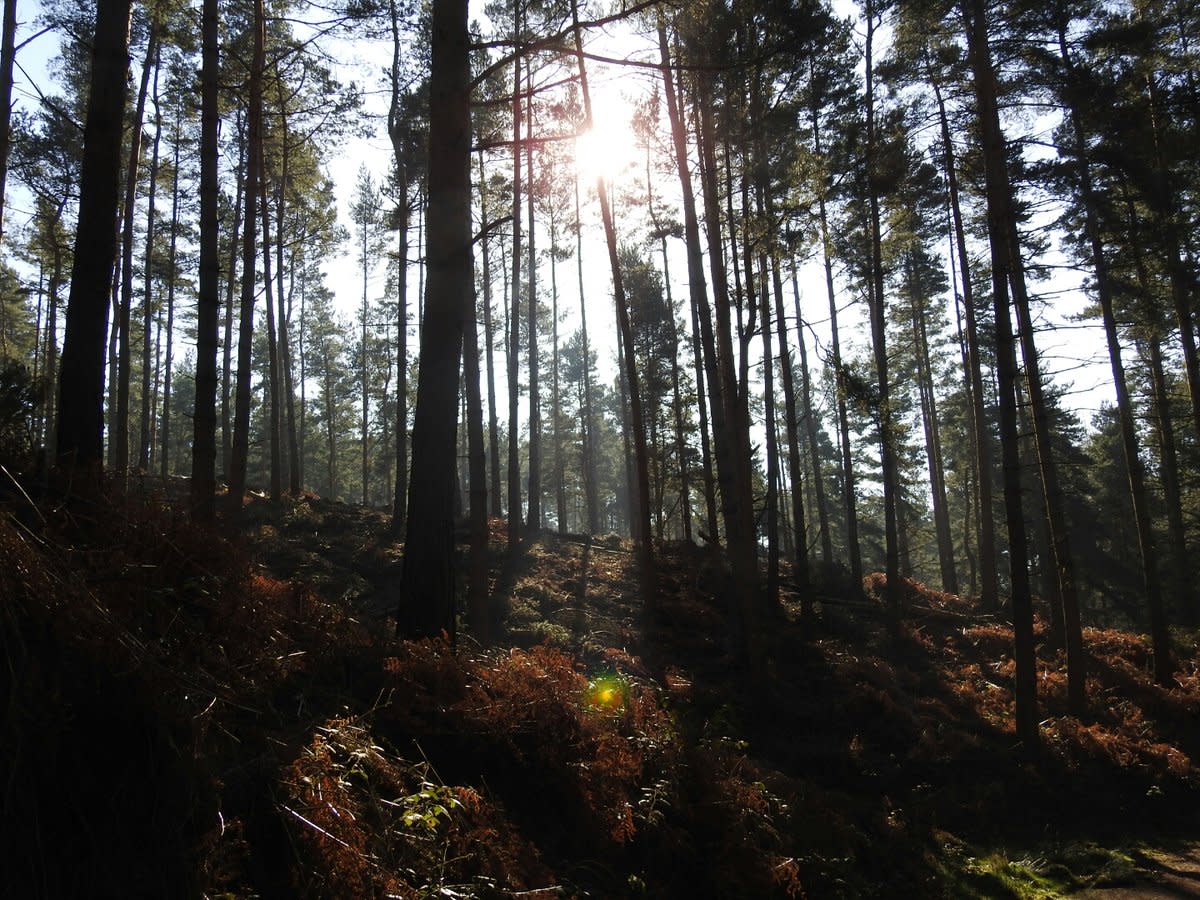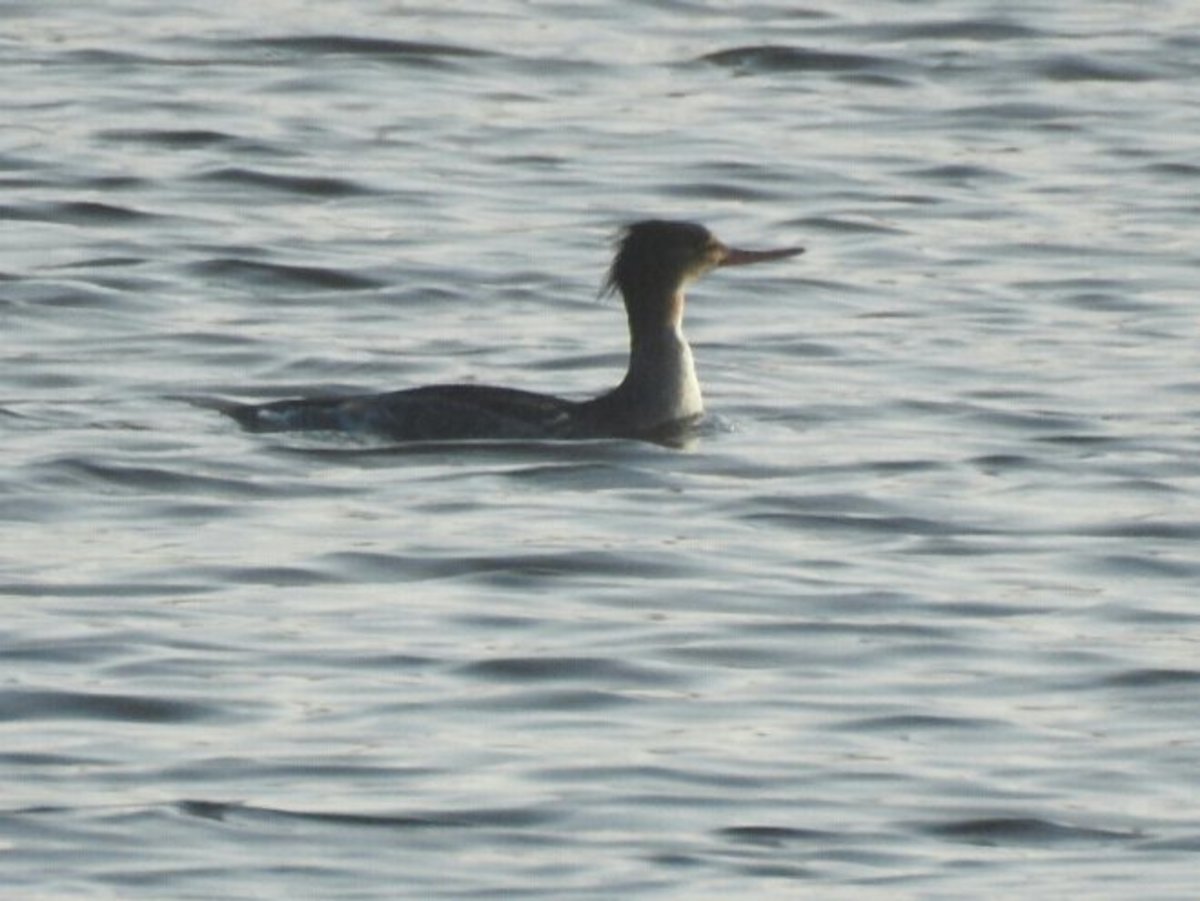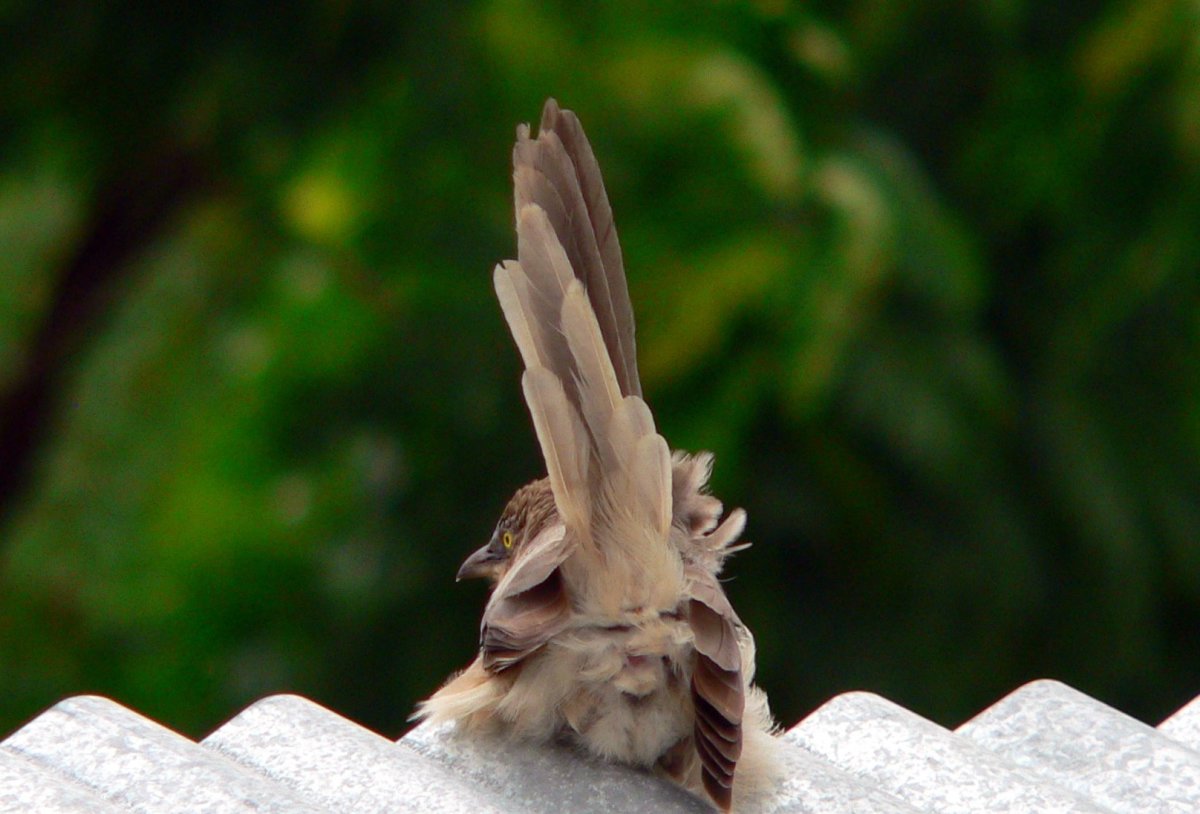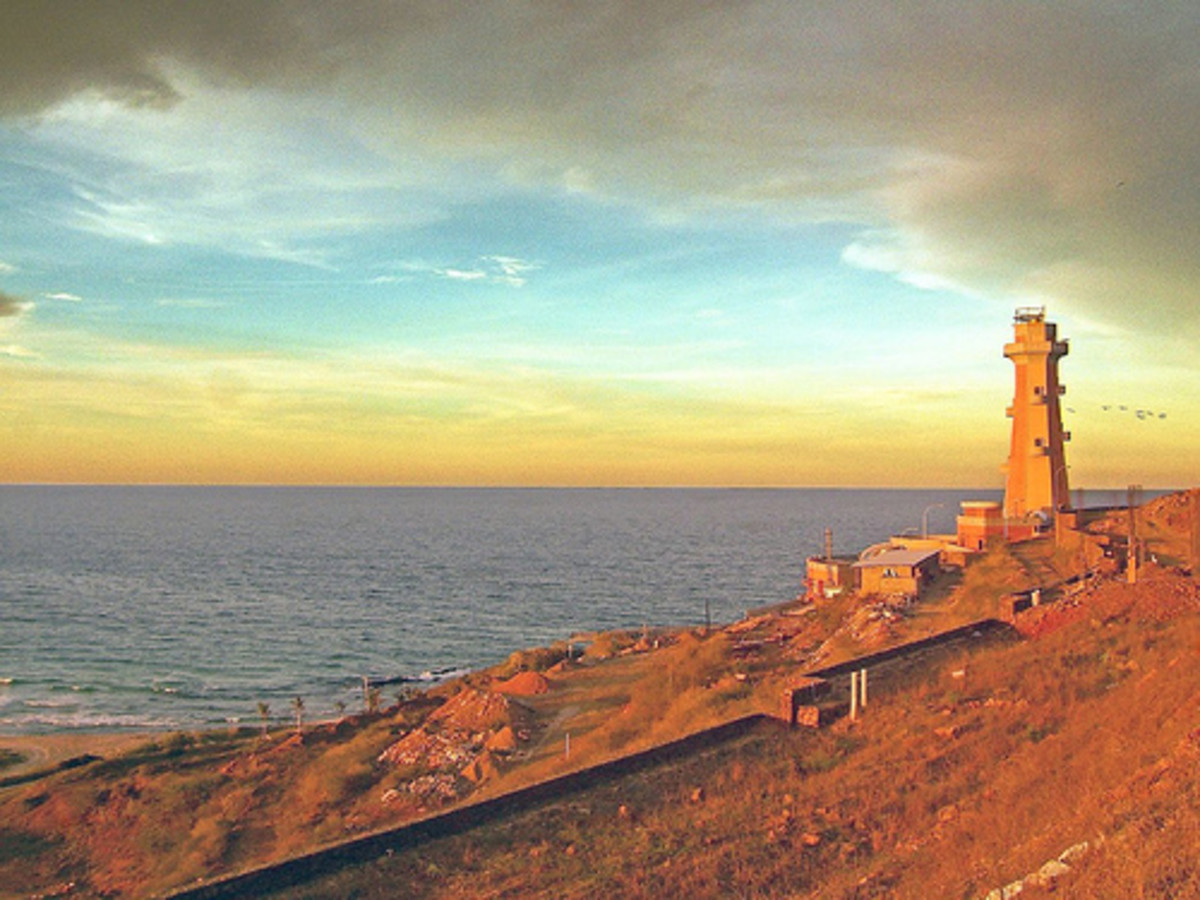Birding Trip Report: Lincolnshire Wednesday 13th February 2019
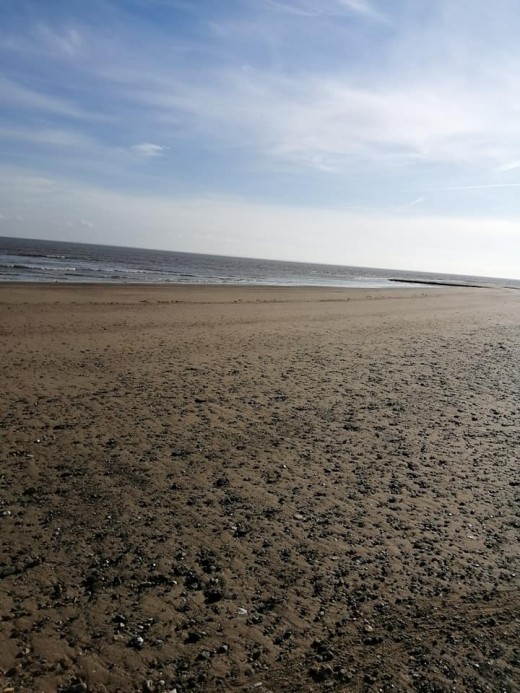
Gibraltar Point
Lincolnshire is fast becoming one of my favourite UK counties for birding, and two sites in particular have excelled in the sheer quality of birds on offer. On our previous visit, Paula and I had visited the RSPB reserve at Frampton Marsh, before moving onto Gibraltar Point near Skegness. This time however, we decided to take a trip to the coast first, before moving inland to Frampton.
Strangely, the route from Birmingham to Gibraltar Point seemed fairly straight forward, and the 3 hour journey felt like a leisurely jaunt down the road. A much welcome change from the rather tedious route offered up by the sat nav a month previously. We also left Birmingham earlier than usual, before 9pm giving us more of the day in Lincolnshire. We arrived in the car park at Gibraltar Point National Nature Reserve shortly after half past 11, and couldn't help but smile at the blue skies that greeted our eyes once we stepped out of the car and craned our necks upwards. The wind was fairly calm too, a first for me in this part of the world.
After making a much needed trip to the toilet and grabbing a drink from the cafe, Paula, myself and the two dogs Marley and Eddie set off along a trail through the Saltmarsh towards the East Dunes, where hopefully I would connect with both a Hooded Crow and a Glaucous Gull that seemingly have made themselves perfectly at home on the beach.
Halfway along the trail, the unfortunate Eddie who happens to be blind in one eye wrapped himself around a signpost. In a moment of blind panic he attempted to run, but he ended up slipping into a muddy stream, meaning that he looked a right state once Paula fished him out. Luckily a quick dip in the sea would see him back to normal. Marley could only look on in utter bemusement, whilst I couldn’t help but chuckle. Poor little dog.
Once on the beach, Paula took the dogs (on leads) down to the shoreline for a dip, leaving me to scan both ways for any interesting birds. It was an absolutely glorious day with faint wisps of cloud flickering across the sky and the fine soft sand feeling nice under my feet. As a landlubber, living nearly a hundred miles from any sort of coast, I'm always drawn to the beach; it always has a hugely positive effect on my mental wellbeing. The birds were scattered in various sized flocks up and down the shoreline, although most of them were away to the north away from the visitor centre. From what I could see, they were mostly Great Cormorants with a sprinkling of Gulls (Herring and Great Black-backed) along with a further sprinkling of waders in the form of Eurasian Oystercatchers. Looking further north past the Cormorants I noticed a few Crows, presumably Carrion Crows wandering along the beach foraging for anything that might take their fancy. I trained my scope on them and sure enough among their number I found a single Hooded Crow that seemed to be getting a hard time from its Carrion cousins. Still, the bird offered far better views than I had last time, but was still a little too far away for a photo. I tried to get closer.
After announcing to Paula that I'd found the bird we moved down the beach as one, only stopping briefly to exchange pleasantries with another birder. I kept my eyes trained on the spot where I'd seen the bird, but typically once I set up my scope and scanned the dunes I couldn't find any sign of the Hooded Crow, just regular Carrion Crows. After letting out a sigh, I turned my attention to the sea and scanned left to right in the hope that something good would fly past. Sure enough, after literally a few minutes I was rewarded with the sight of at least 30 Red-throated Divers streaming south. I say 30, but there were probably a lot more, but I'd stopped counting, choosing instead to simply marvel at the spectacle as they continued to fly past.
There was the small matter of trying to find a juvenile Glaucous Gull. Apparently it had been feeding on a seal carcass that had sadly washed up on the beach. However, we had to be conscious of the time, I'd only paid for 2 hours in the car park, so I turned away from the beach and followed a trail back towards the northern car park. Along the way, I caught up with the birder I'd seen on the beach earlier. We had a brief conversation in which he explained that the carcass was in the general area that I had been looking at and that the Gull was probably still there. A glance at my phone though meant that going back for another look was out of the question. We continued along the trail casting brief glimpses at the small pools that dotted the route. I knew exactly where was I going- Jackson's Marsh, the current home of one of the many Pied Avocet's that were beginning to return to their breeding grounds.
After reaching the northern car park, we turned left and walked back down the road that we had earlier drove down. We veered off to the right in order to follow a footpath that offers access to a couple of bird hides that overlook a couple of pools, including Jackson's Marsh. I actually saw the Avocet first from the path, its pretty black and white form resting peacefully on a scrape. Briskly, I then walked alone towards the Harvey Hide where I took a couple of pictures of the bird. However, another glance at my phone revealed that we only had 10 minutes before our parking ticket ran out so I was unable to admire the bird further.
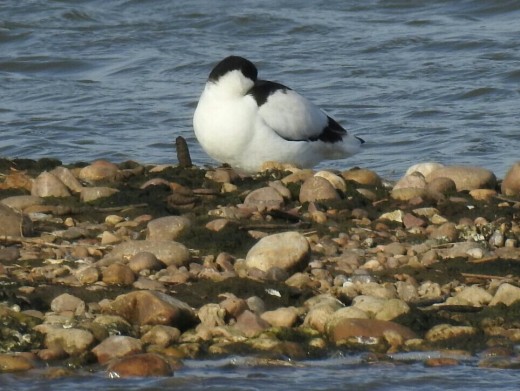
Frampton Marsh
After a brief lunch break, we made the 30 mile journey south towards Boston and the superb RSPB reserve at Frampton Marsh. Along the way as I glanced at the flat Lincolnshire countryside, I contemplated the notion that as recently as July 2018, Frampton Marsh existed to me only as a name on a report. Now, this was my fourth trip, and my third in order to see a bird, the Long-billed Dowitcher that I was seriously starting to doubt was real at all. Was it a hoax? Or was it a figment of my imagination? No, of course not I'd seen the pictures online and seen countless reports, it was real alright, and yet my brain still doubted.
Less than a mile away from the reserve, we came across a flock of large swans in one of the fields adjacent to the road. Even without binoculars I could tell that most of them were Whooper Swans, but a closer look revealed a couple of smaller individuals that were unmistakably Bewick's Swans. Its not often that I've managed to see both of Britain's wintering Swans together in the same location, so that was a special and surely a good omen for the afternoon ahead. We arrived at Frampton at a little after half past two to calm weather conditions once again. The wind was non existent and the sun's rays cast a warm glow over the reserve. Frampton Marsh is a pure avian paradise and the skies were literally full of flocks of waders, mostly European Golden Plovers and Northern Lapwings. Admittedly though, my mind was in just one place. I'd already been notified of the bird's presence at the reserve whilst at Gibraltar Point. Apparently it was showing from the second car park, which lay about a quarter of a mile down the road from the main car park and the visitor centre, so without further ado I marched straight for it with my scope over my shoulder and binoculars bouncing around frenetically.
I perched myself on top of a small mound and scanned the marshland that lay ahead of me. I noted plenty of wildfowl, including Northern Pintail, Eurasian Wigeon, Brent Geese and Eurasian Teal. A female Hen Harrier flashed across my line of sight which caused me to gasp, and the avian menagerie to rise as one before settling down once the danger had passed. Among the aforementioned Golden Plovers and Lapwings, I noted a couple of Common Redshanks, and more distantly a couple of their close cousins, Spotted Redshanks. But no Dowitcher as of yet.
Another birder joined me on the mound and trained his binoculars on the natural scene playing itself out before our eyes.
“Are those Spotted Redshank on the far side?” he asked. “Yes they are,” I replied instantly, whilst continuing to scan.
“Anything else about?” he asked after a pause. I told him about the Hen Harrier but admitted that I was here primarily to look for the Long-billed Dowitcher. “Ah yes that was here the other day on my last visit. Have you seen it yet?”
“No,” I said with a sigh. “This is my third attempt at trying to see the bird,” he didn’t reply as such, instead exhaling loudly in shock at my admission. We both continued to scan, although I did allow myself a glance at my companion. A middle aged chap with well kept greying hair, a neatly trimmed beard and sporting a leather jacket, fitted jeans and a pair of leather shoes. For all the world he looked as if he’d just walked out of a posh coffee shop, but he knew his birds. Still we scanned in silence, waiting for one or the other to make the announcement that we’d found the bird.
However, after a while we relocated to another mound further down the path towards the seawall and scanned from there, but that bore no fruit either, so once again I found myself climbing the embankment onto the dreaded seawall, and once again as if by magic the high winds reappeared to buffer against my 16 stone frame. Defiantly I turned my back on the winds gushing in from the coast and continued to scan the marsh alongside my companion. After a period of silence, he spoke:
“Can you get your scope on that pale bird on the far side of that scrape. I can’t quite make out what it is?”
I asked him to point out where he meant and acquiesced. After a little of bit of focussing and zooming in, I was able to determine that it was a third Spotted Redshank. There had been 3 reported from here in recent days, so I was at least glad to have seen those. Moreover the sight of a small falcon, albeit distantly gladdened my heart further; Merlin’s are always a worthy addition to any day list regardless of where you are. But, the Dowitcher still eluded us, and by now I was seriously beginning to think that I was cursed. How could I possibly fail to see the bird on 3 separate occasions? My companion then let out a heavy sigh and declared forlornly that there was no sign. He left the seawall without bidding farewell. I wasn’t quite prepared to give up yet though. I...we had come a long way and I was determined to not leave here without seeing the bird. Any glimpse would do.
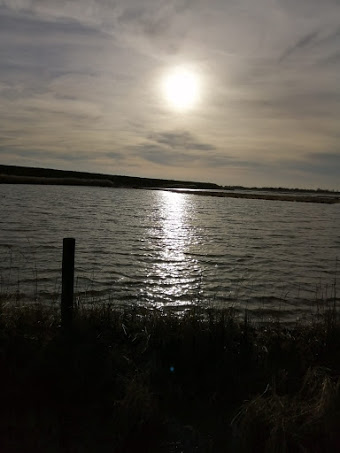
The Long-Billed Dowitcher at Last
I’m not quite sure how long I was up on that seawall for. Paula, my ever faithful sidekick was close by walking the dogs, keeping an eye on me. I continued to scan, checking the shoreline over and over again. For the umpteenth time I checked the area where the third Spotted Redshank had been resting, and suddenly saw movement in the grass. At first I thought it was just another Eurasian Teal, but then out of the undergrowth I saw a long bill, then a greyish head complete with a broad eye stripe. That’s it!! My brain screamed, and yet another part screamed caution- it could have been a Common Snipe. No! I know what a Snipe looks like, it had to be the Dowitcher.
By this time, I was starting to become fatigued both through the constant buffering of the wind and the intensity of effectively looking for a Dowitcher shaped needle in a wader haystack. Paula came over to me with the two dogs, who were both pleased to see me. She asked the question:
“Any luck?” There was a pause before I answered: “I don’t know,” A part of me already knew that I’d already seen the bird but I wanted another view just to be sure. I was over-thinking instead of trusting my gut, and that only served to make my fatigue worse. Finally, I turned away and with Paula walked back towards the visitor centre, but not before scanning once again from the old car park, but there was no sign. I checked the brief crude notes that I’d made at the time and coupled them with pictures of the bird I’d seen online. Silently I cursed myself for not having the presence of mind to whip my camera out. The pictures suddenly jolted my brain back into the real world, as it recognised them as being of the same bird that I’d gotten brief views of up on the seawall.
“It was the Dowitcher. I knew it!” I said aloud half to myself and half to Paula, who just smiled and told me that I shouldn’t doubt myself. A sudden wave of relief suddenly washed over me, I’d finally seen the bird at the third attempt and three months after my first one. To be honest, the lack of a picture on my part faded into insignificance, just seeing it with my own eyes was enough.
My fatigued state meant that driving home would have been risky so Paula kindly offered to assume driving duties whilst I took the opportunity to rest. I was so tired in fact that I ended up crawling into the back of the Berlingo, where I drifted into a deep sleep that lasted until the bright lights of the Birmingham suburbs welcomed me home unceremoniously.
A Video of the Long-billed Dowitcher From September 2018.
This content is accurate and true to the best of the author’s knowledge and is not meant to substitute for formal and individualized advice from a qualified professional.
© 2019 James Kenny


